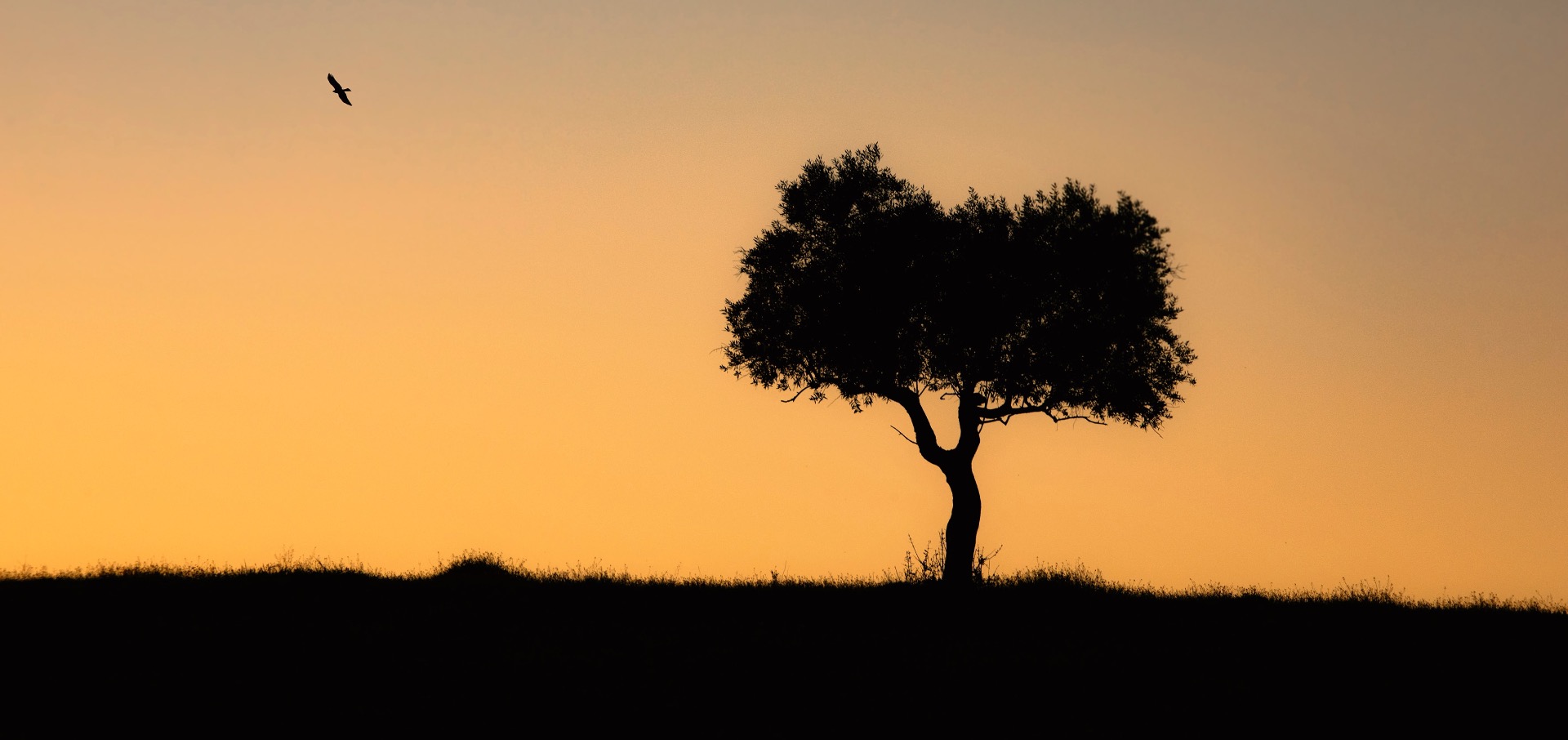Today’s blog resonates our feelings with the current global situation: Russia’s launching of its devastating attack on Ukraine, with a genocidal potential. But also the new sombre IPCC assessment stating that the irreversible impacts of global warming are pushing humans and nature beyond their abilities to adapt. In both cases criminal leadership is causing a humanitarian and a climate catastrophe.
So, today we want to share with you the saddest sound on earth, which for us represents the tearing apart of families, as well as the global loss of biodiversity and symbolising that places where people live and work may cease to exist…

The last song of the Kaua‘i ‘Ō‘ō
The last song of the Kaua‘i ‘Ō‘ō (Moho braccatus) is known as the saddest sound on earth. It is the mating call of the very last male of this species: he calls for the female that will never appear and then he too will disappear forever.
The Kaua‘i ‘Ō‘ō was a Hawaiian songbird common in the subtropical forests of Kauai Island until the early 20th century. In 1975, ornithologists were able to photograph and film a male and on a subsequent expedition in 1981, a pair was discovered. After hurricane Iwa in 1982, the female disappeared. The male was last seen in 1985, and last heard in 1987. In 2000, the Kaua‘i ‘Ō‘ō was added to the IUCN Red List of Extinct Species and with that the entire family of these birds had disappeared from the face of the earth in just 150 years. Possible causes for the extinction of the Kaua‘i ‘Ō‘ō are habitat destruction, the introduction of predators (rats and pigs) and the spread of parasitic diseases (bird malaria and bird pox).
We probably have all come across a stuffed dodo or Tasmanian tiger in a natural history museum, but the fact that these birds disappeared from the face of the earth during our short lives and that the song of the Kaua‘i ‘Ō‘ō will never be heard in the wild again touches us each the same.
And yet there are still examples of species that disappeared during our lifetime: the Baiji White Dolphin, also known as the Chinese River Dolphin has not been seen since 2002, the last Pyrenean ibex was killed by a falling tree in northern Spain in 2000 and the last West African black rhino was officially declared extinct in 2011.
Even today, more than 40,000 species are threatened with extinction. That is still 28% of the species assessed by IUCN.

We believe it is not out of reality that maybe we (humans) could be added to that list soon enough. Especially if our leaders continue choosing the path of prioritising economic benefits over life itself and, in the case of the Ukrainian War even threatening with nuclear action. I hate to be pessimistic but odds are not looking good in any direction.
What can you do?
Besides the suggestion below, go out, protest, make your voice heard, show and tell the world that life matters, all life, not only ours… although even ours is not guaranteed nowadays…
The IUCN (International Union for Conservation of Nature) is the global authority on the status of the natural world and the measures needed to safeguard it. In 1964, the IUCN first drew up the Red List of Threatened Species. This is evaluated annually and is a critical indicator of the health of the world’s biodiversity. Today, more than 142,500 species have been assessed for the Red List, but the goal is to assess at least 160,000 species to ensure that the Red List remains a powerful tool for nature conservation.

So visit the Barometer of life to learn more about it or donate via Donate | IUCN Red List of Threatened Species
